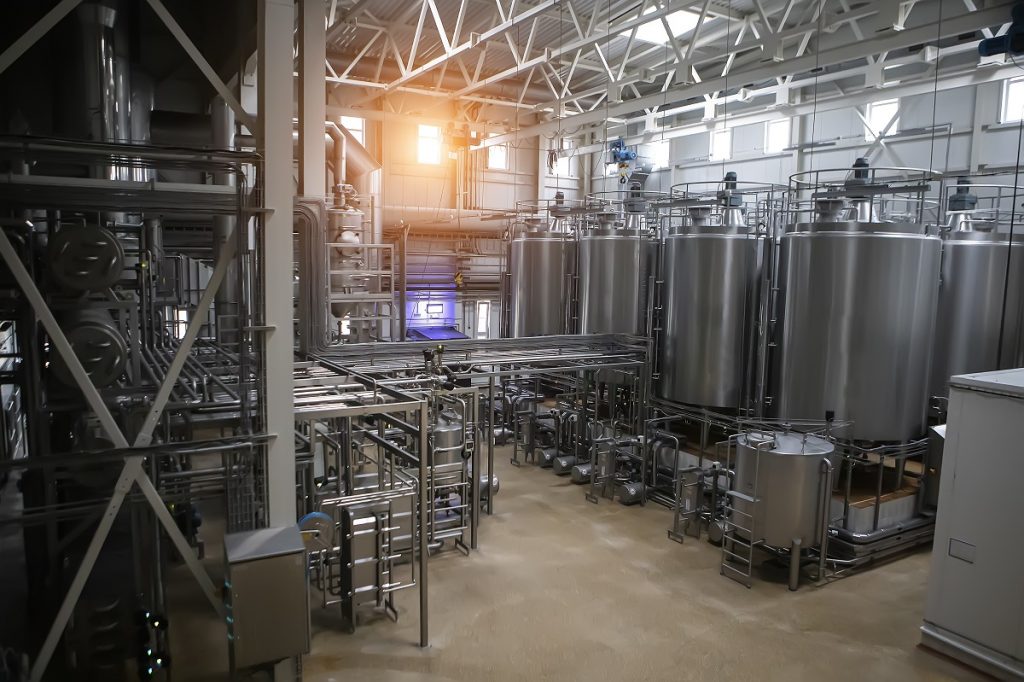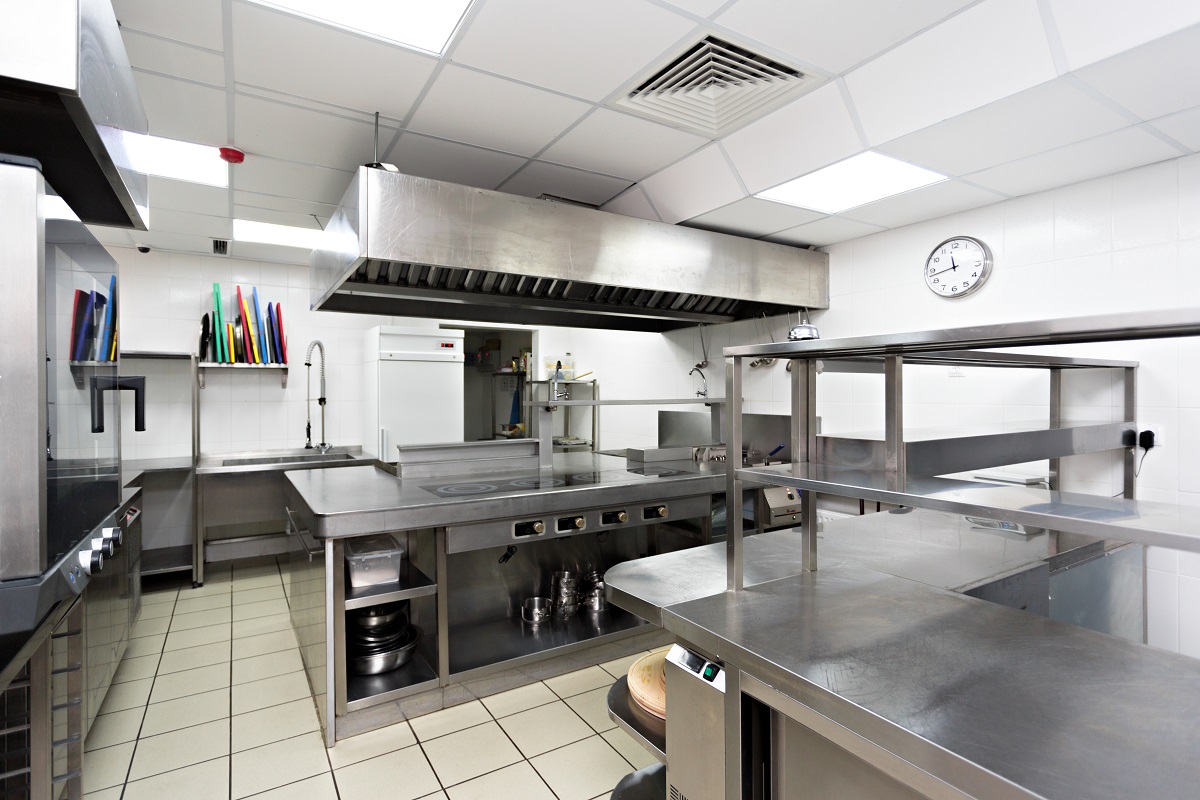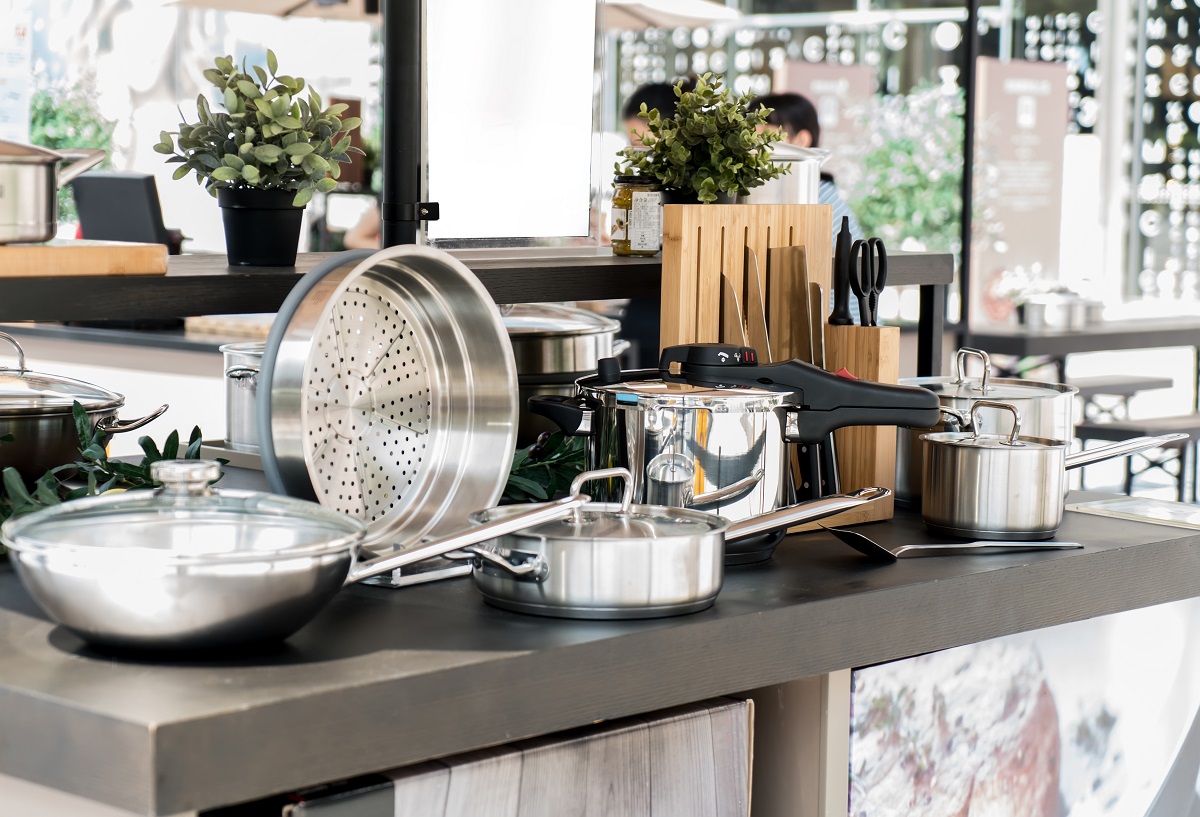What Is the Use of Stainless Steel in the Food Service Industry?

Why is stainless steel commonly used in the food service industry?
- Easy to Clean
- Durable and Sustainable
- Resistant to Chemicals, Heat, and Corrosion
- Easy to Fabricate
Stainless steel is one of the most commonly used materials in the world, along with metals like aluminum, brass, and copper. The use of stainless steel in the food service industry is a common example of how widespread the material is. Along with being so popular, the way that this material is used in this industry is also varied – from utensils to equipment to surfaces, the applications are numerous.
Stainless steel is utilized in all sectors of the industry as well, with uses in food production, processing, and packaging. But why exactly is this material so valuable? Read on to find some of the reasons why stainless steel is such a popular choice in the food industry.
Easy to Clean
Hygiene is one of the first things that is considered by the food industry when it comes to choosing their equipment. At the end of every day, food equipment must be cleaned thoroughly in order to keep up with safety standards, which can be time-consuming and tiring for food workers at the end of their busy shifts. This is where stainless steel comes in.
With the way it’s made, stainless steel is low maintenance and easy to clean. Due to these characteristics, food workers are able to clean utensils, surfaces, and equipment much more efficiently. Food workers are able to simply pressure wash or steam clean stainless steel equipment in kitchen environments without much time or effort. Even with stubborn areas, cleaning up splatters on stainless steel can be easily done with some cloth and elbow grease.
The easy sterilization of this material even means that it doesn’t easily breed bacteria. Stainless steel does not have the typical pores and grooves that can be found in other metals, which is where bacteria usually hide in.
Durable and Sustainable

Steel is one of the most durable metals out there. It is less prone to wear and tear from use and aging and is less likely to need professional repairs when compared to other metals. Stainless steel is able to withstand years of cleaning and maintenance all while looking brand new. It can even handle occasional scuffing and dropping without much concern.
This low maintenance is preferred in the fast-paced kitchen environments, where food workers may not have the time to be extra careful around equipment. With this material, food workers don’t have to worry as much. Stainless steel is able to easily take the pressures of this environment without showing noticeable damage and can retain its usefulness and aesthetics over a long period of time.
Resistant to Chemicals, Heat, and Corrosion
Stainless steel is a popular component in machines like power turbines, automobiles, cargo ships, and more. When a material is used in such machinery in other industries, you know it’s able to withstand a lot more than it seems. Stainless steel is resistant to chemicals, heat, and corrosion, all while retaining its shape and durability.
This characteristic of stainless steel means that workers in the food industry don’t have to be worried about damaging their equipment or surfaces due to spills, excessive heat or cold, or other messes caused by the hectic and fast-paced cooking that is common in the food industry.
Easy to Fabricate

Not only is it durable and resistant to many outside elements, but stainless steel is also easily formed and welded. This leads to the metal being easily fabricated and capable of mass production. While stainless steel does need special attention at some stages of fabrication in order to prevent scratches and dents and needs proper finishing to maintain its resistance to corrosion and chemicals, it does not mean that this material is difficult to work with.
With the right techniques, factories are able to create many forms of stainless steel with ease. Modern metal-working procedures are able to make food-grade stainless steel into all shapes and sizes. From small components such as food utensils and machine components to large appliances and surfaces.
Key Takeaway
The selection of what materials are used in the food industry is an important decision, as many companies need to take into account the huge costs that come from procurement and maintenance. The characteristics outlined in this article have led to the widespread use of stainless steel in the food industry.
There is no doubt that stainless steel is the optimum choice amongst metals as it has a combination of resistance and durability, which allows it to be easily fabricated and maintained. This is important in the food industry’s hectic environments, where workers need equipment that they can rely on to withstand extra pressure on busy days.


